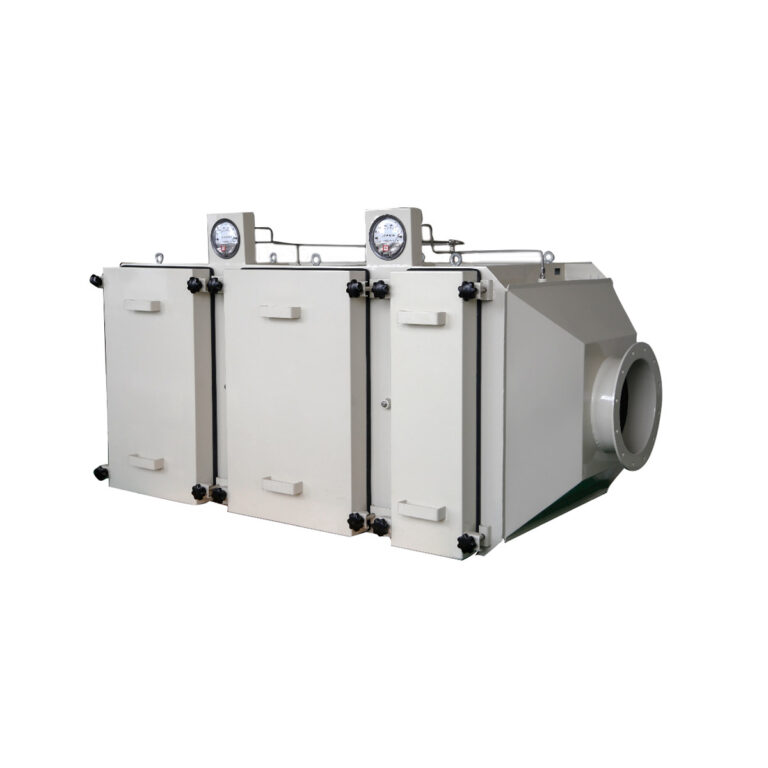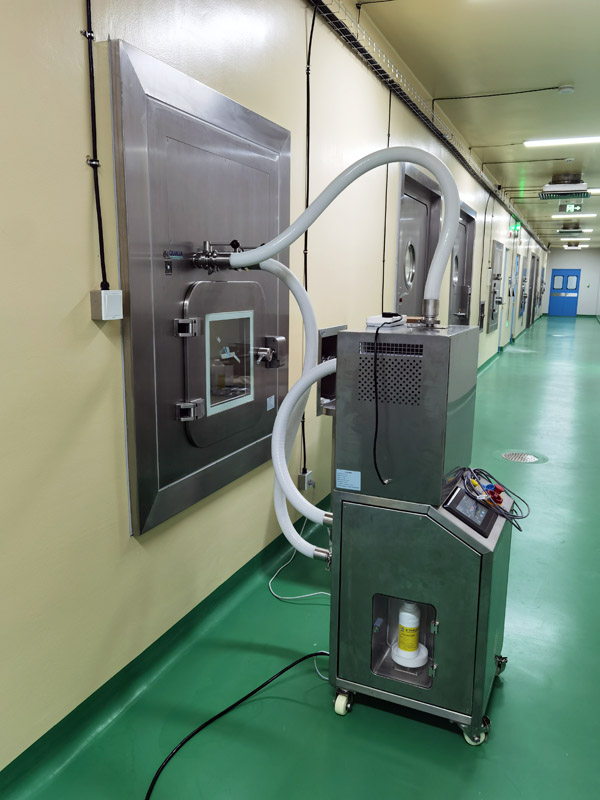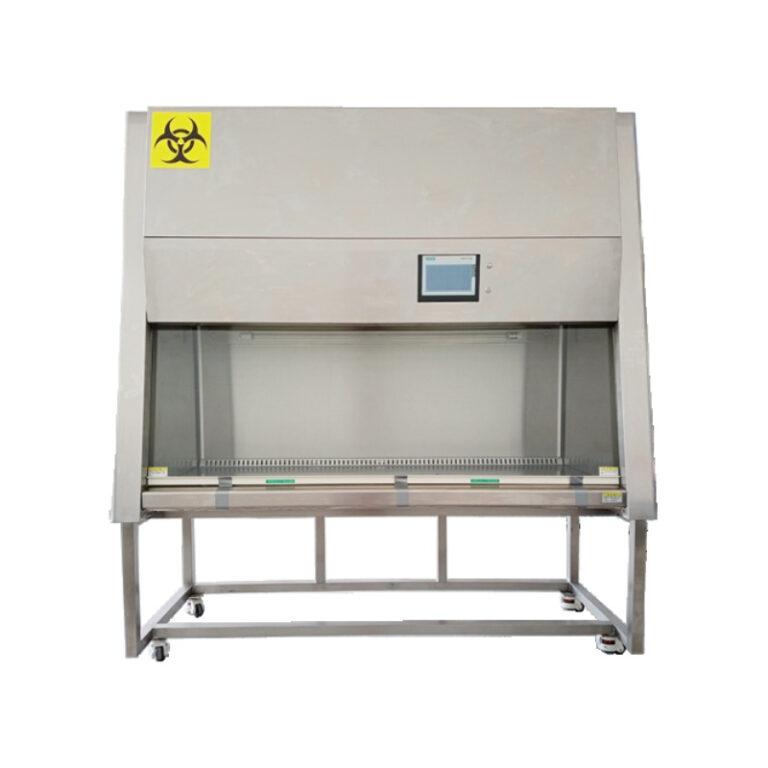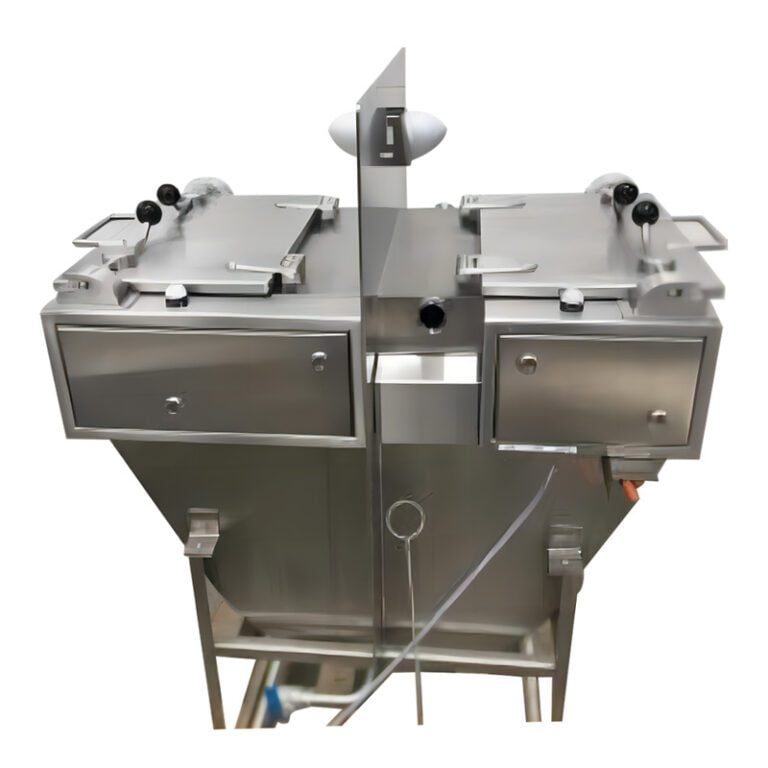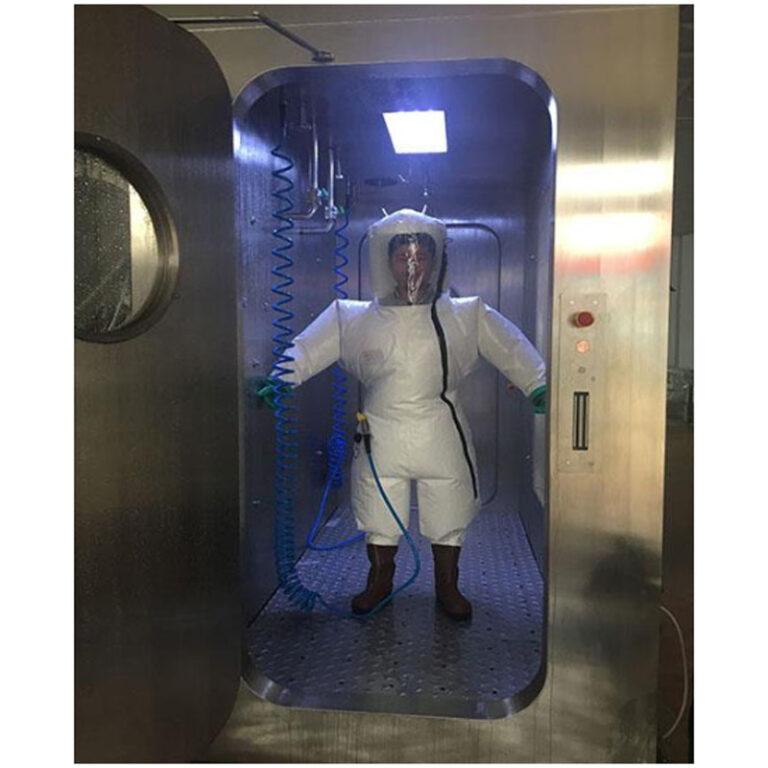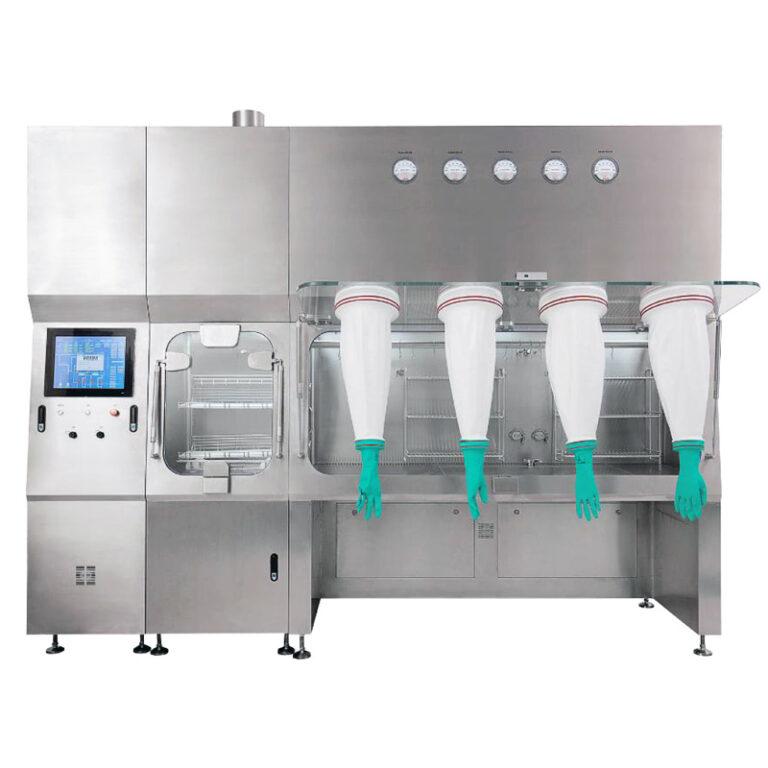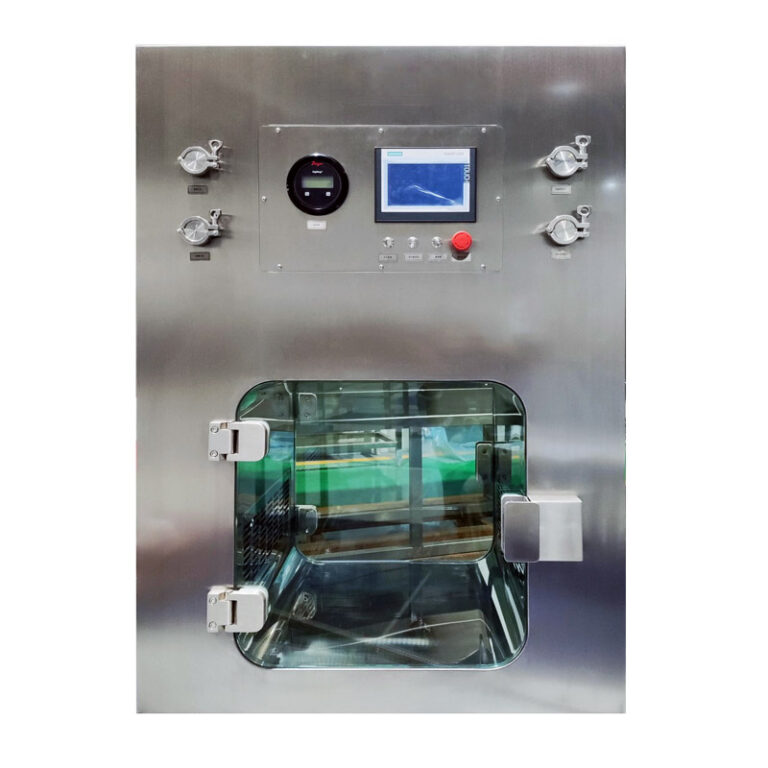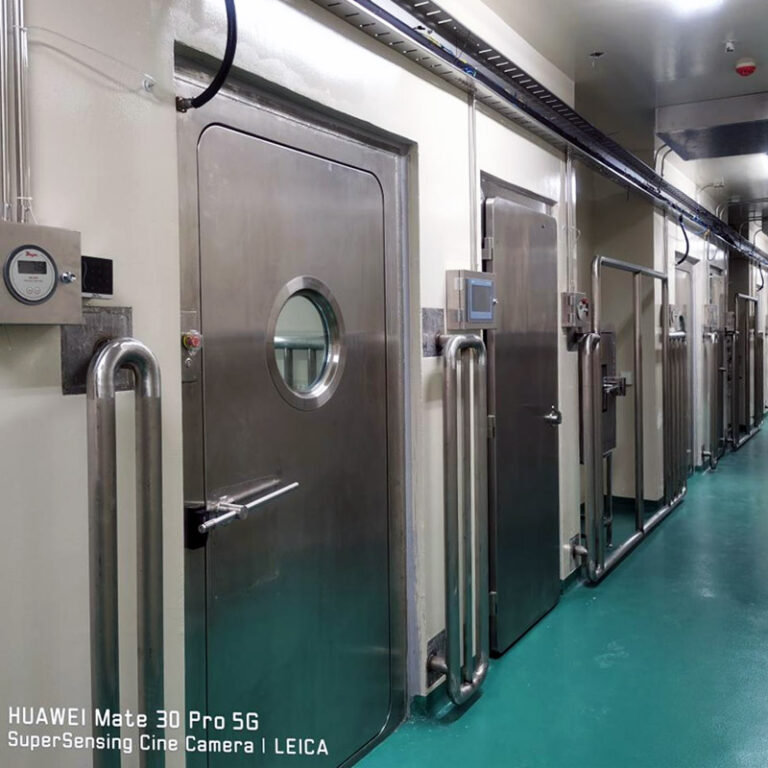YOUTH Biosafety Purification Equipment for Cleanroom
What is Biosafety Purification Equipment for Cleanroom?
Biosafety Purification Equipment for Cleanroom refers to specialized systems and devices designed to create a controlled and sterile environment within cleanrooms, specifically for handling biohazardous materials and ensuring the safety of personnel and the environment. These equipment are crucial in industries such as biotechnology, pharmaceuticals, healthcare, and research laboratories, where working with biological agents requires stringent containment measures to prevent the spread of pathogens and maintain a safe environment.
Key features and components of Biosafety Purification Equipment may include:
Biocontainment Cabinets:
These cabinets provide an enclosed workspace with HEPA/ULPA-filtered airflow, preventing the release of harmful microorganisms into the environment. Different levels of containment (e.g., BSC-1, BSC-2, BSC-3) correspond to various risk levels.
Air Filtration:
High-efficiency particulate air (HEPA) or ultra-low penetration air (ULPA) filters remove airborne particles and microorganisms from the environment, ensuring a clean and safe workspace.
Negative Pressure:
Some equipment maintains negative pressure to prevent contaminants from escaping the workspace, protecting both personnel and the surroundings.
Glove Ports:
These allow operators to work within the enclosed environment while maintaining containment.
UV-C Germicidal Lamps:
UV-C lamps provide additional sterilization by deactivating pathogens on surfaces and in the air.
Waste Disposal Systems:
Integrated waste disposal systems ensure the safe and proper disposal of biohazardous materials.
Airflow Monitoring:
Built-in monitors and alarms continuously assess airflow and pressure differentials to ensure containment integrity.
Control Systems:
Equipment may feature touch-screen controls for adjusting settings, monitoring parameters, and managing safety features.
Interlocking Systems:
Interlocks prevent multiple doors from being open simultaneously, maintaining containment.
Material Pass-Through Ports:
These ports allow the safe transfer of materials in and out of the workspace without compromising containment.
Biosafety Purification Equipment is essential for protecting both personnel and the environment from potential biohazards, ensuring compliance with regulations and guidelines, and maintaining the highest levels of safety when working with biological materials.
What types of Biological Safety Cabinets - BSCs?
- Class II, Type A2 BSCs: These are designed to protect the operator, prevent product contamination, and safeguard the environment. They feature a movable front glass damper and an airflow curtain but cannot be hard-ducted to a building’s exhaust system.
- Class II, Type B2 BSCs: Similar in function to Type A2, these do not recirculate potentially contaminated air within the workspace and must be hard-ducted to the building’s exhaust system.
- Class III BSCs: Fully enclosed, they are used for handling infectious microbiological agents and hazardous materials. Operations are carried out through a glove system, and air is taken in through a HEPA filter.

